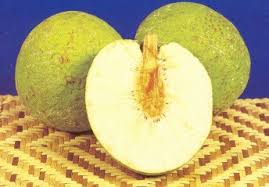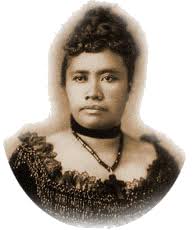 When it came time for me to share my Fun Fact at hula class this week, I announced that I had diet news. It had nothing to do with the fact that I had just watched the season's premiere of "The Biggest Loser" a few days earlier. My Fun Fact really did have Hawaiian cultural significance.
When it came time for me to share my Fun Fact at hula class this week, I announced that I had diet news. It had nothing to do with the fact that I had just watched the season's premiere of "The Biggest Loser" a few days earlier. My Fun Fact really did have Hawaiian cultural significance.In my reading I had come across a mention of the Wai'anae Diet, developed in 1989 by Dr. Terry Shintani for the Wai'anae Coast Comprehensive Health Center on O'ahu. In response to rising obesity and disease rates among native Hawaiians, he developed a new diet that he figured just might work.
The early explorers who came to Hawaii reported that the native people were trim and vigorous. But then along came Captain Cook in 1778 and ruined it all. After all, he paved the way for McDonald's, in a round about way.
Dr. Shintani decided to put a group of 20 obese native Hawaiians on a strict diet. Actually, he let them eat as much as they wanted. The only catch was that the food they ate was from the pre-contact (pre-Captain Cook) Hawaiian diet. On the menu each day was poi, poi and more poi. There were also sweet potatoes, breadfruit, greens, seaweed, fish and chicken.
The results: the average weight loss for the group was 17.1 pounds in 21 days. On top of that, they all experienced a lowering of their blood pressure, cholesterol and blood glucose.
My hula sisters gave this diet some serious thought. One confessed that she really loved poi and would find that part of the diet no hardship. As for the breadfruit, those who had tried it said
 that it was quite bland. But someone piped up and said, "It's not bad with butter!" Then she realized that butter would not be on the diet. "Yeah, the early Hawaiians couldn't milk the chickens," I noted.
that it was quite bland. But someone piped up and said, "It's not bad with butter!" Then she realized that butter would not be on the diet. "Yeah, the early Hawaiians couldn't milk the chickens," I noted.But those diet results were quite impressive. Just the thought of dropping that many pounds in that short amount of time has me suddenly hungry for poi. For now, I'll settle for popcorn.




